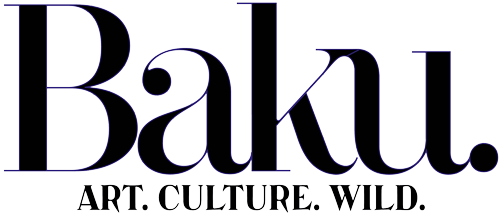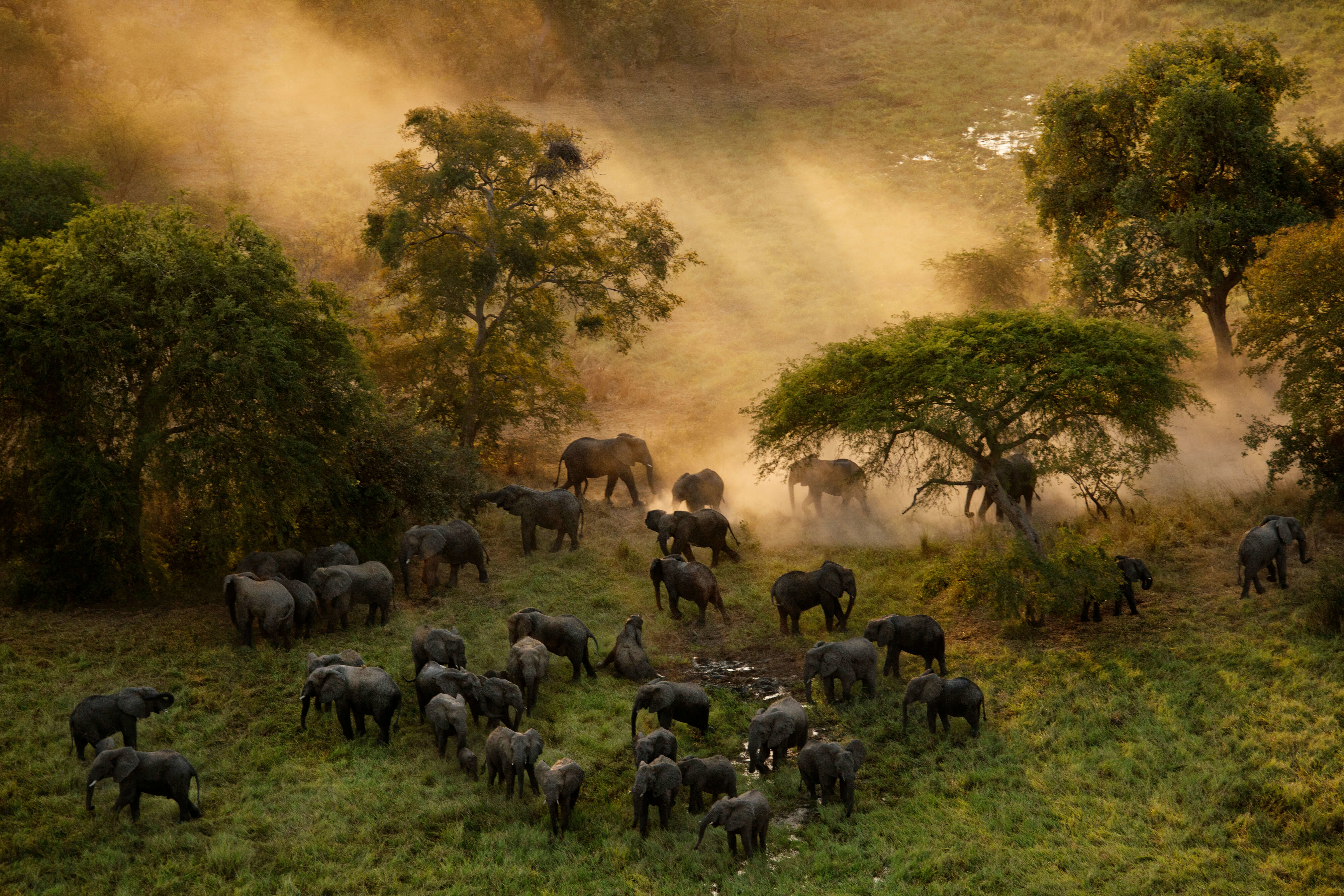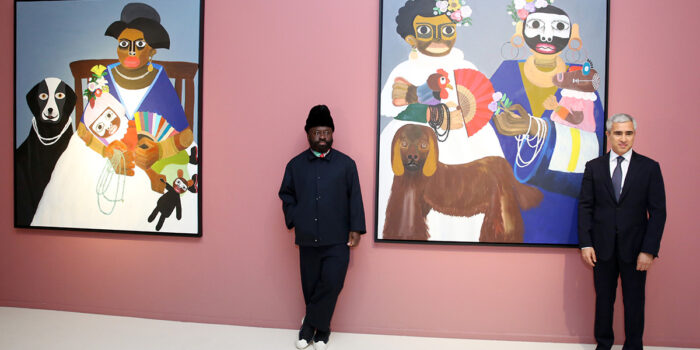For photographer Kate Brooks, a career documenting conflict in the Middle East paved the way for her passionate work in conservation, working on photographic assignments as well as films, such as The Last Animals, to share with people a greater understanding of the plight faced by elephants and rhinos, as well as celebrating the rangers whose hard work sees them risk their lives in the effort to protect them against poachers. Sophie Breitsameter speaks to her about the highs and lows
When Kate Brooks was just 20, she was in Russia, documenting life after the collapse of the Soviet Union, in particular, capturing poignant images of the deplorable state of the country’s state orphanages. Images so powerful they were used by Human Rights Watch. Just three years later, the young photographer found herself in Pakistan in the wake of 9/11, a time that would see her dedicate herself to documenting both the conflict in Afghanistan, as well as the impact of US foreign policy on the region, in particular its invasion on Iraq – photos of which were published by TIME magazine.
Further travels and assignments documenting the conflict in the Middle East followed, until fast forward to 2010, after a particularly harrowing assignment that saw her embed with a medevac unit in Kandahar Airfield in Afghanistan, she decided to go to Kenya on “a long planned vacation”. It was there, amongst the Maasai Mara, and the stunning natural landscape, she explains, that she was “able to find peace and solace, and heal from the inhumanity I had witnessed: countless troops and Afghan civilians having their limbs blown off by IEDs and Afghan children being erroneously bombed by coalition forces.” This marked a profound moment of change for Brooks, and one that would define her career moving forward. “Seeing a herd of elephants cross my eye line for the first time was for me a spiritual experience that reminded me that in spite of all the human destruction on the planet, there is still some natural order,” she says. “I left Kenya knowing I wanted to change focus to wildlife and environmental issues.”
Now, her film, The Last Animals, she explains, is a story that looks at “both cause and effects of the wildlife trade and the conflated consequences. Without all of those perspectives, it’s only a partial picture.”
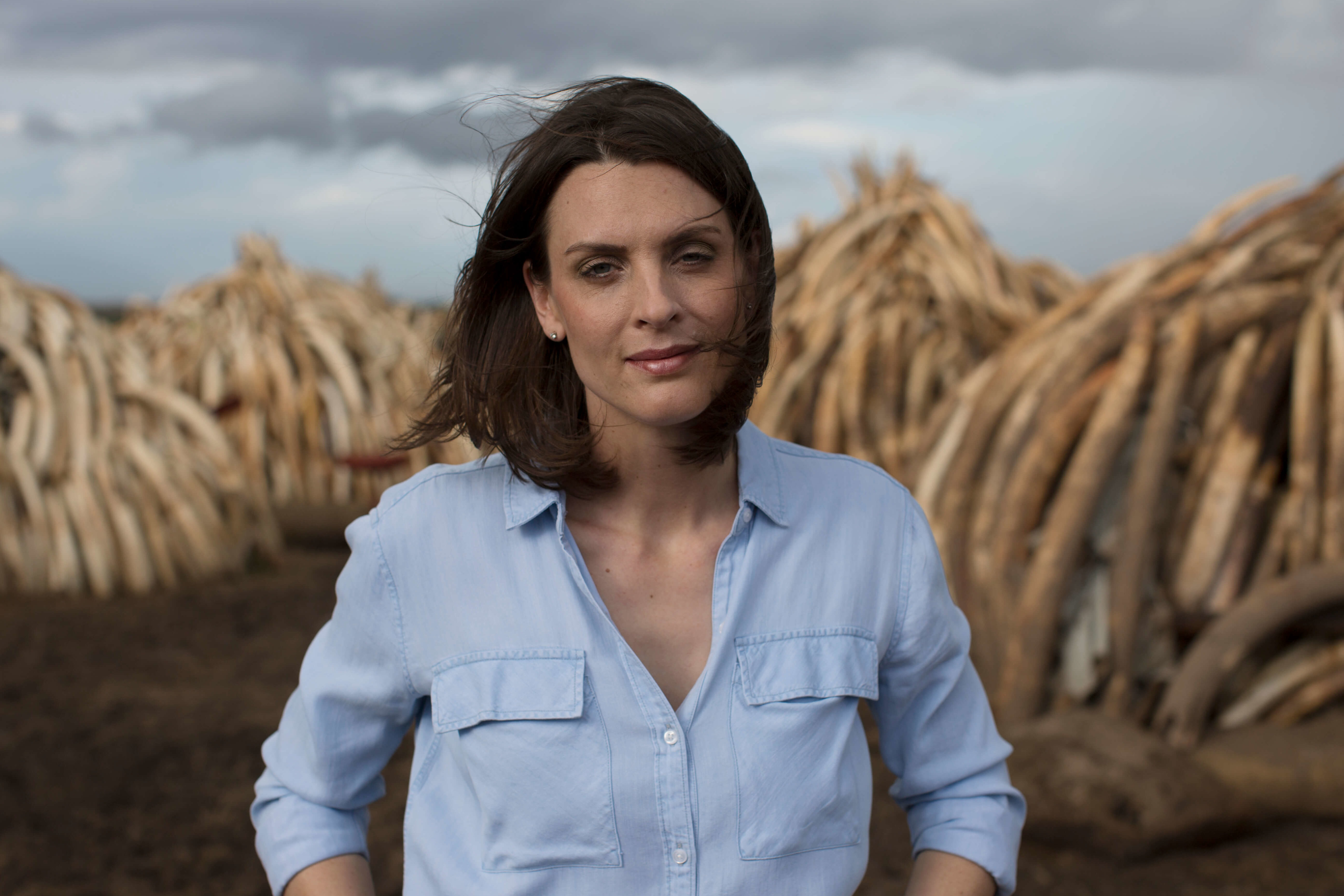
Director Kate Brooks in front of the ivory tusks set ablaze in Kenya in April 2016. (Photo by Bobby Neptune)
Apart from your trip to Kenya, was there any one incident that really drove home the need to protect wildlife?
A few years after that trip to Kenya, just as I was starting to focus on environmental justice issues as a Knight Wallace fellow at the University of Michigan, 80 elephants were gunned down in a single incident on the border of Chad and Cameroon. I started the to comprehend the criminality at play, and felt I had no choice but to pick up my camera to help bring attention to the poaching and trafficking crisis.
Is there a particular shot or moment from your film, The Last Animals that is important to you? Why?
One of my favorite shots in the film is a gliding aerial of elephants over Garamba National Park, in the Democratic Republic of Congo. When the pilot and I left the airstrip at sunset, only two collared elephants were on the radar. It was a total surprise, then, to come across a large herd! Not only was the sight magnificent, but also one of my contact lens blew out of my eye as I was hanging out of the airplane with the monopod jammed into my leg, attempting to capture the perspective of a bird. Every time I see the footage towards the end of the film, the beauty strikes me, while also knowing how lucky – and how hard – the footage was to capture.
Can you tell us a bit about the role of the music in The Last Animals, and working with hip hop artist Emmanuel Jal?
Emmanuel is originally from South Sudan, and lot of the film focuses on Garamba National Park, which borders South Sudan. I love Emmanuel’s music and his personal story is so inspirational; he was forced to be a child soldier and has since become a peace activist and hip hop artist. Those are the reasons I first reached out to him about the movie.
On the day Emmanuel flew to Los Angeles to meet with me about the possibility of composing the end credit song for The Last Animals, an old friend was visiting. Early that morning I asked her if she minded if I played some music. Seconds later, just as War Child by Emmanuel began playing, I asked whether she was familiar with his music. She responded with a look of surprise “that’s my musician friend I was talking about the other day. He’s flying to LA today for a meeting”. My response was “that meeting is with me.” My friend and I stood there stunned, laughing and smiling for a few minutes.
It was one of those moments when you think that perhaps the chaos of life is not so random. The collaboration with Emmanuel felt destined from that moment on. The chant in the film Hold My Soul was composed on the spot that day while Emmanuel watched a scene of the film in the edit, as well as the rhythm and refrain The Last Animals. It was amazing to witness his creative genius at work, like a gift from the air.

A ranger looks out over Garamba National Park at daybreak. Garamba National Park is the second oldest park established in Africa and a UNESCO World Heritage Centre. The Lord’s Resistance Army and Sudan People’s Liberation Army are both active in the park. In 1977 there were 22,000 elephants there. Today there are around 1,200. (Photo by Ryan Youngblood for The Last Animals)
Part of the funding for The Last Animals came through Kickstarter, would you recommend this to other conservation projects to use? Why?
Crowd funding is amazing – it’s allowed so many people to realize their dreams, including me. The Kickstarter funding for The Last Animals enabled me to do essential development on the film and also bridge the gap between seed funding and production funding.
Do you think that people need to be able to see optimism and results before becoming involved in conservation, rather than just being exposed to tragedy?
The results of conservation efforts are the very existence of the animals currently on the planet, though people generally take wildlife for granted unless they have had the opportunity themselves to experience animals in the wild firsthand.
Animals are disappearing at an alarming rate and people are dying because of the illegal wildlife trade. Protecting the species that remain on the planet demands a concerted effort and commitment by every nation, as well individual personal consumer responsibility. Turning a blind eye to what is happening is not going to stop the ultimate tragedy of extinction and criminal networks will continue to be empowered. People and governments need to act now. China’s announcement to reverse part of the 25 year ban on the rhino horn trade for medicinal purposes is devastating and a massive setback.
Do you find links between your old work in politics and international relations and your new work covering conservation?
Geopolitics and governance are definitely at the heart of conservation issues. Countries that struggle with institutional corruption tend to be more implicated in the illegal trade, and in countries where there is human conflict, animals are also more threatened.
You recently launched a foundation to support the education of child rangers. Why children?
The foundation was set up to provide help to children of fallen rangers and also support story tellers who are trying to bring attention to the devastation caused by the wildlife trade. Most children have a natural love for wildlife, and children are quite pure and idealistic in their understanding of truth. I think that the more youth are educated, the better the chances are that the planet will have good governance and stewardship in the decades ahead.
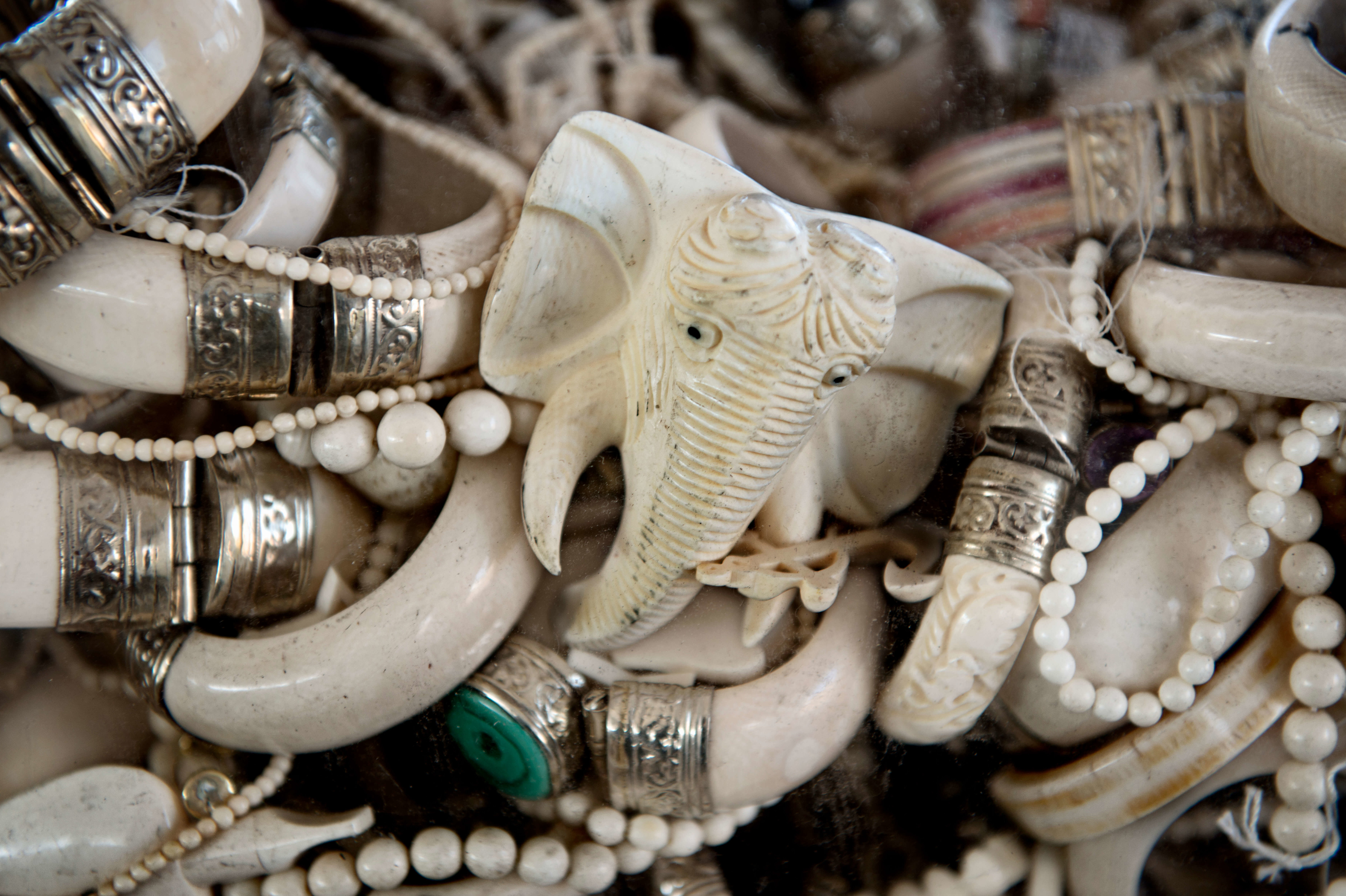
Confiscated ivory warehoused at the National Wildlife Property Repository in Denver, Colorado prior to being crushed. (Photo by Kate Brooks)
What are some of the challenges you want to bring to light?
One of the most frustrating aspects of conservation is the amount of bureaucracy involved in getting laws in place. When it comes to animal parts – ivory, rhino horn, lion bones – as much as people want to ban trade, there are always people pushing for legalization. As I mentioned earlier, China has just announced the partial lift of its 25-year ban on the rhino horn trade. Last year China implemented a domestic ban on the ivory trade. It’s sad that there can’t just be forward motion and this is precisely why this crisis is not ending.
How rampant is illegal trading of animal parts?
Well, over 100,000 animals specimens for medicinal purposes were seized by border security in the UK last year. That statistic is alarming when you consider the UK is not a major destination point, and speaks volumes about the scale and scope of the global illegal wildlife crisis. That’s why strict and clear bans are necessary.
What projects will you be working on next?
At the moment, The Last Animals is preparing to go into distribution, so I continue to be quite busy with getting the film and its message out into the world. Otherwise,I am currently helping produce a movie on jaguar trafficking, and also in talks about directing another film.
The Last Animals is now available to watch on VOD platforms in the UK, Canada, Australia and Ireland such iTunes, BT TV, Amazon, Google Play
Main image by Kate Brooks. Images courtesy of Bobby Neptune, Ryan Youngblood for The Last Animals and Kate Brooks
Like this? Then you’ll love: Day of the Jaguar: Panthera’s efforts to ensure these magnificent predators survive
